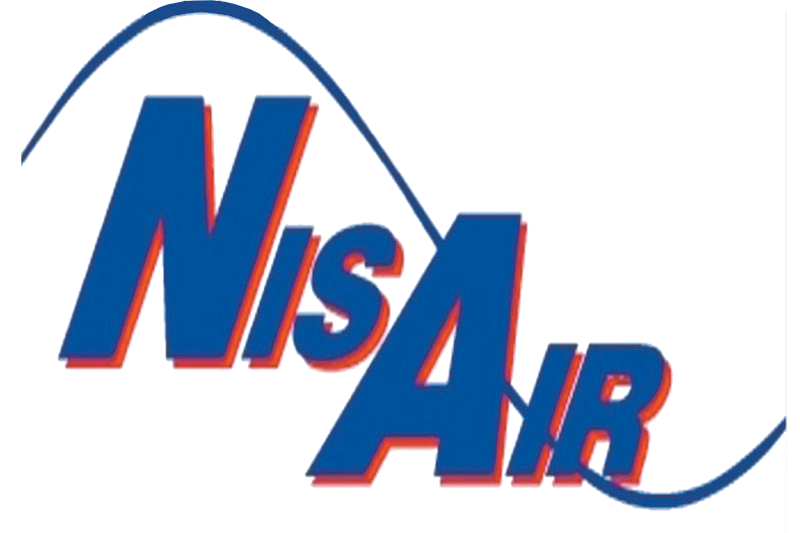Protect Your System Against These Common HVAC Installation Mistakes
Getting professional HVAC installation is critical when you’re upgrading to a new system. Manufacturer’s specs for the performance and efficiency of new heating and cooling equipment are all based on the assumption that installation is performed by trained, certified HVAC technicians with the expertise and specialized equipment to get it right.
Sub-standard HVAC installation can permanently impair the function of a furnace or air conditioner, causing poor performance, high operating costs and excessive wear and tear for as long as the unit is installed.
Here are some unfortunately common installation mistakes when the job isn’t handled by professionals:
Skipping the load calculation.
Determining the exact BTU requirements of your particular house—known as its heating or cooling “load”— is vital to match a furnace or air conditioner with the proper BTU capacity. A professional load calculation involves a room-by-room survey to gather data about your home’s unique thermal characteristics, which is entered into industry-standard software to generate an accurate load figure. Furnaces and air conditioners that are over-sized or under-sized due to “guesstimates” about heating/cooling load tend to deliver sub-standard performance and higher heating/cooling costs.
Disregarding ductwork.
Shiny new efficient HVAC unit connected to aging, deteriorating ducts. What’s wrong with this picture? Residential ductwork is notoriously leaky and may lose up to 25% of the heated or cooled air it’s supposed to distribute throughout your home. As part of a professional installation, ductwork should tested for leakage and sealed to meet current standards, if needed. In many areas, local building codes now require this.
Shirking safety standards.
Installers must be aware of proper venting requirements of a new furnace, which may differ from the old system being replaced. Inadequate or defective venting can allow dangerous combustion byproducts including deadly carbon monoxide gas to infiltrate the house. Safe venting involves not only correct sizing and routing of vent pipes, but also other important HVAC issues such as proper air balance. Unbalanced airflow may depressurize the house and trigger backdrafting of toxic exhaust fumes.
For professional HVAC installation by trained, certified technicians, contact NisAir Air Conditioning and Heating.

